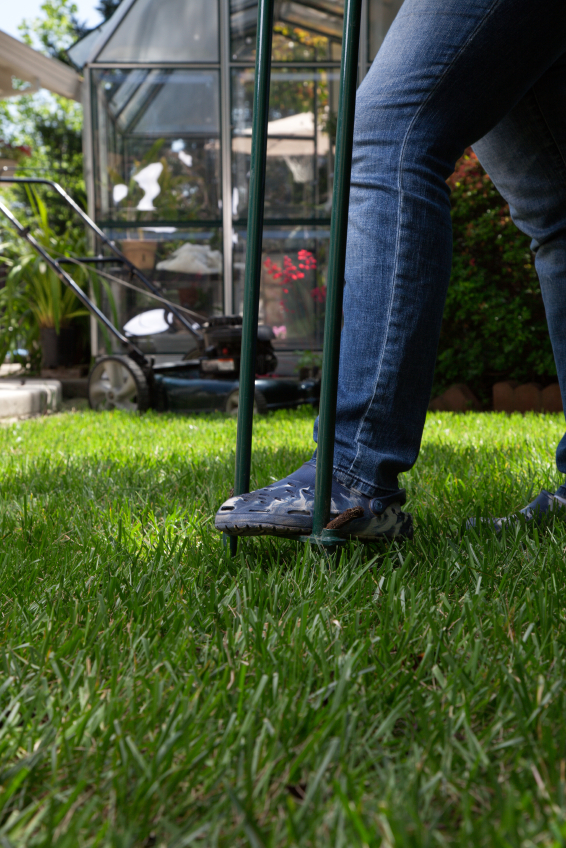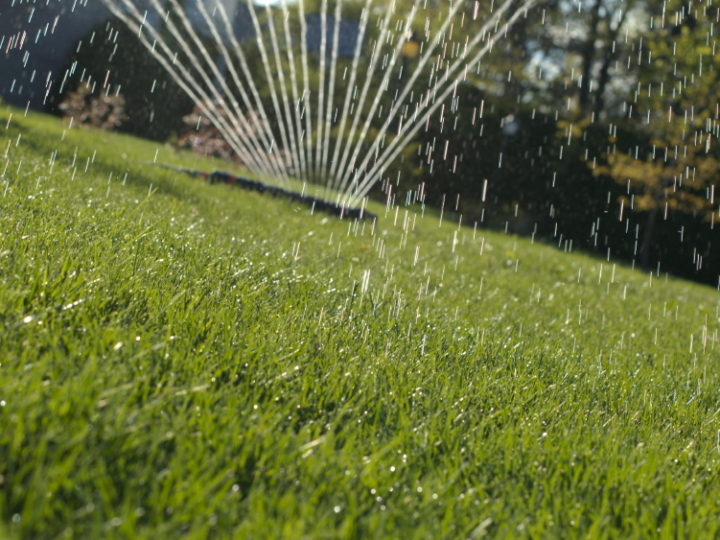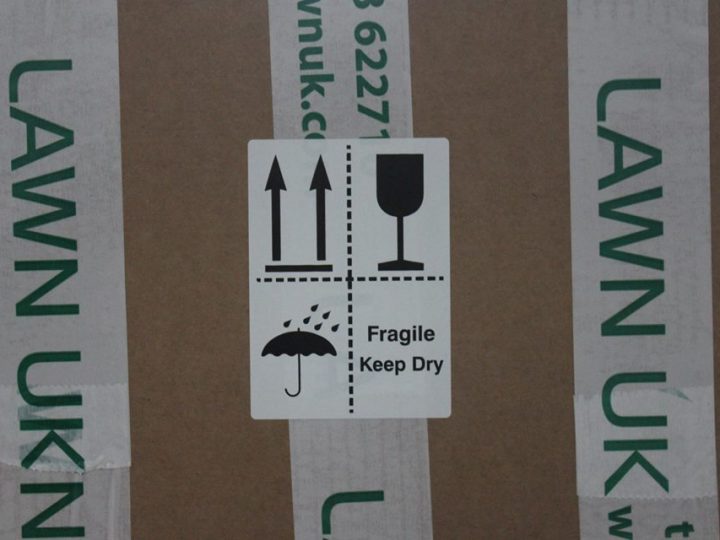
If there is one thing most people carry away from school biology class it is that animals give out carbon dioxide, which plants use to make oxygen. While true, this really only tells half the story.
Only the green parts of plants use carbon dioxide and release oxygen, and even that only when in the light. The rest of the plant is just like us – it uses oxygen to burn sugars for growth and releases carbon dioxide.
In no part of the plant is this truer than in the roots. Below ground the roots of your lawn are absorbing oxygen and releasing carbon dioxide constantly, as they grow in their search for water and nutrients.
Fortunately soil is not a solid medium, but is full of tiny passages – pores – which fill with water when it rains and then fill with air as the water drains away. This process ensures that stale air is expelled from the soil and replaced with fresh, oxygen-rich air on a regular basis. Indeed if the soil remains saturated for too long the roots will begin to die from a lack of oxygen.
In a lawn we ask the grass to keep growing steadily and replace the foliage we cut off with mowing. To achieve this, the root system must grow constantly to find new nutrients and sufficient water to supply the above-ground parts and this needs oxygen. So maintaining a supply of air to the roots is an important part of lawn health.
The Problem
Over time the total volume of those tiny pores becomes reduced. Pressure on the soil surface from many sources slowly pushes the soil particles together and reduces the total amount of pore space. It is usually said that soil should be around 50% spaces, of which half will be filled with water – the smaller pores – and the rest will be filled with air. But that pressure on the soil, which is called compaction, reduces those spaces so that water flows more slowly from the soil and most importantly not enough air can enter the soil to supply oxygen to the roots. Root growth slows; the lawn suffers and begins to become bare. Grass plants slowly die.
We see this most strikingly in what designers call ‘desire lines’, which are those tracks covering the shortest distance between two points that people make cutting across lawns unless substantial obstacles are placed in their way. We can spread grass seed on these bald areas, but nothing will grow because the constant walking has compacted the soil so much that air can no longer penetrate.
The causes of compaction are many – walking around, garden parties, children and dogs playing, heavy wheelbarrows, driving cars and trucks on lawns and even leaving a lawnmower running and therefore vibrating, in one place.
The Solution
The simplest solution to compaction is to dig and loosen the soil. That is easy to do in a flower or shrub bed but of course it is impossible underneath a lawn. So lawn professionals, who have to deal with large-scale compaction on sports fields and golf courses, developed a method called aeration. In this process small holes are punched in the lawn at a close spacing. Ideally a small plug of soil is removed and scattered over the surface. This leaves a smaller amount of soil below the lawn and that remaining soil ‘relaxes’ and fills in the spaces resulting in reduced compaction.
If your lawn is used heavily and you see reduced growth in certain areas, you may have a compaction problem. If you have a large lawn you can rent a petrol-powered aerator that will quickly do the job. If you have a choice, always choose a machine with hollow tines as these do a better job of relieving compaction than those with solid tines.
For smaller lawns there are some hand-operated options. The Yeoman Lawn Aerator takes out hollow plugs as you push it into the lawn. You can even turn a walk around the garden into an aeration activity by slipping on a pair of Aerating Shoes over your regular shoes.
A word of caution is however needed. Pulling those plugs also pulls up soil containing weed seeds and may increase the weed population of your lawn which in turn may result in you needing to use weed-killers. So only aerate if you really need to. If your lawn doesn’t get a lot of use or your soil is sandy, it probably doesn’t need aeration. Fertilize and water well first and only if the growth remains poor consider aeration.




